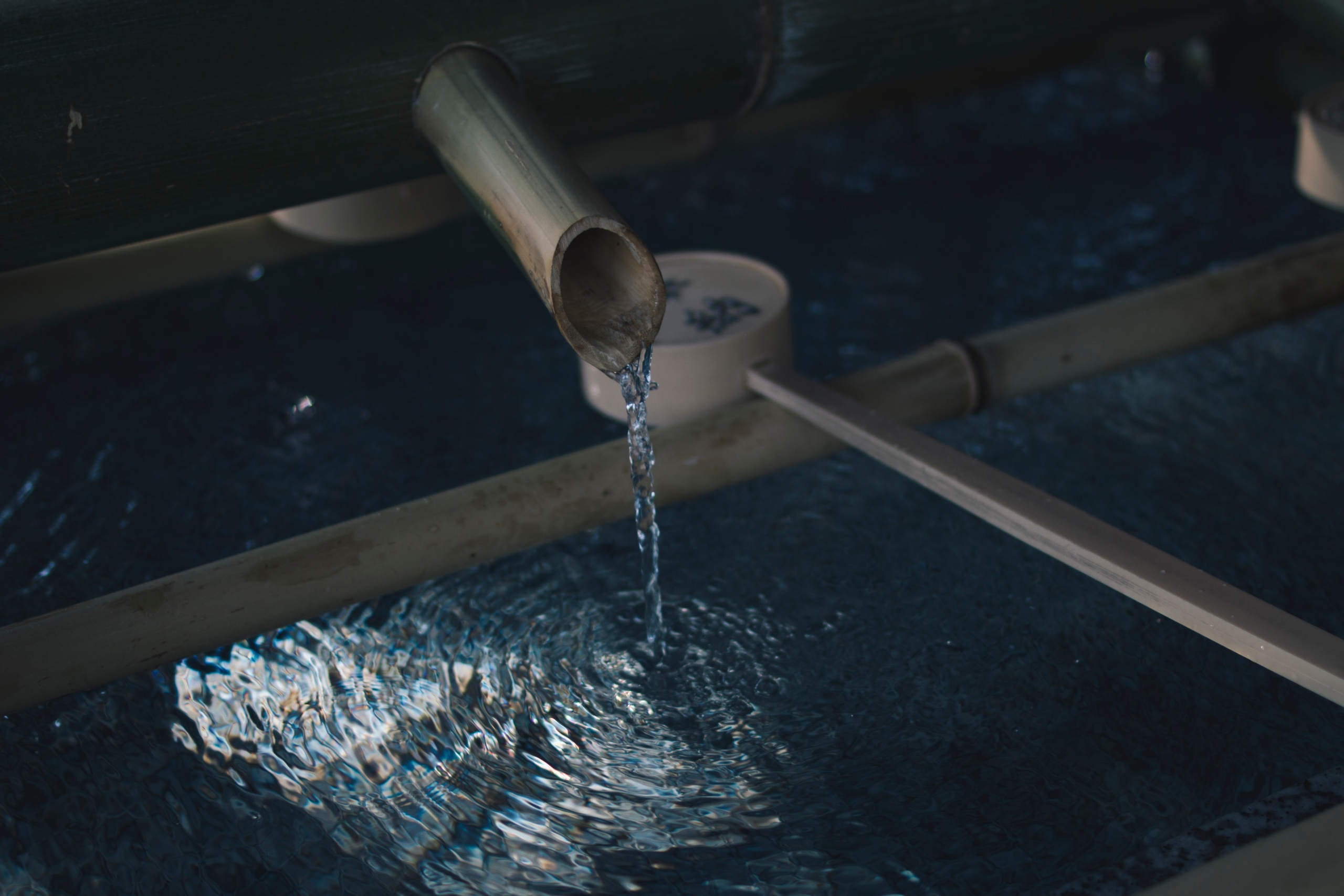By Samhar Almomani, Publishing Associate: Researcher and Writer at Save the Water™ | April 14, 2023
The Environmental Protection Agency (EPA) found that millions of citizens in the U.S. are currently at risk from lead poisoning. The findings revealed that more than 9 million lead service linesare still used to deliver water to families around the country. As a result, this has prompted the agency to propose the first national drinking water standard for “forever chemicals,” which are considered to have dangerous effects on health.
These findings are based on the Drinking Water Infrastructure Needs Survey and Assessment, part of the Safe Drinking Water Act. Researchers conducting this survey are concerned with the number of lead service lines. The 2021 survey examined over 3,600 public water systems across the nation. Based on the findings, the EPA announced that it believes there are around 9.2 million lead service lines in the country.
What Does the EPA Intend to Do?
New rules set by the agency intend to set drinking water standards for six per- and polyfluoroalkyl substances (PFAS). These chemicals stay in the environment and the human body for long periods of time.They are known to have harmful effects.
Although there are thousands of PFAS chemicals, the new rules will now mandate that water systems monitor for the presence of six specific chemicals, notify the public about the PFAS levels, and then work towards reduction if the chemicals exceed the limit set forth.
“I am thrilled to announce that EPA is taking yet another bold step to protect public health,” said US Environmental Protection Agency Administrator Michael Regan. “Folks, this is a tremendous step forward in the right direction. We anticipate that when fully implemented, this rule will prevent thousands of deaths and reduce tens of thousands of serious PFAS related illnesses.”
How Does Lead Affect Health?
Lead poisoning is a serious public health threat that needs to be monitored and mitigated. Exposure to lead could come from ingesting or inhaling lead-contaminated water, soil, paint chips, or dust particles. Additionally, lead exposure can also come from ingesting food that contains lead from soil or water. Some of the harmful health effects that lead poisoning can lead to are:
- Damage to the nervous system, mostly affecting the sense organs and other nerves controlling the body
- Hearing and vision impairment
- Fetal growth restriction, even at low exposure levels
- Reproductive problems
- Hypertension
The EPA has set the maximum contaminant level goal for lead in drinking water as zero. This is because there is no safe amount of lead. The toxic metal is harmful to our health even at extremely low levels, as it’s persistent and can accumulate over time.
Young children, infants, and fetuses are the most vulnerable group. The dangerous physical and behavioral health effects occur at a lower threshold of lead exposure when compared to adults. Children in low-income communities and communities of color also bear more burdens and face more risk than others. This is due to years of housing discrimination that forced communities of color into poverty and housing in substandard buildings.
What Is Being Done to Eliminate Lead Poisoning?
The EPA’s survey found that the U.S. needs to spend $625 billion on drinking water infrastructure in the next two decades. Most of the money is to be used to upgrade ancient water pipes, many of which are too old and broken. In some cases, those water pipes are even made of lead.
The Bipartisan Infrastructure Law provides $6 billion to upgrade water infrastructure in the country. The goal is to upgrade the aging infrastructure and replace all the water pipes made out of lead. With sufficient funding, the EPA hopes that one day, lead poisoning from drinking water could become a thing of the past.





